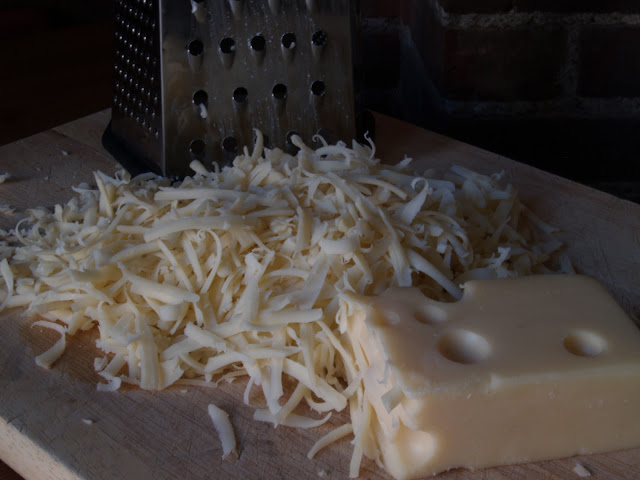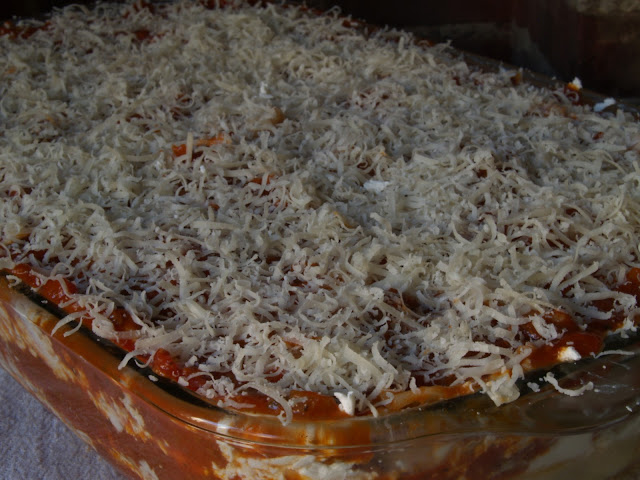When most of us conjure up images of homemade butter, we see old world grandmothers wearing babushkas in hay covered barns, churning it by hand. Never fear, this couldn't be farther from reality. If you have a food processor, making your own couldn't be simpler. Why burden yourself with homemade butter you ask? Because it's worth the incredible flavor!
Whenever I make butter, I always use heavy whipping cream from the farmer's market, or a good organic brand from the store. These quality creams smell and taste the way cream should. The result is a butter that's rich and flavorful and better than any store-bought variety you can find.
HOMEMADE BUTTER
Ingredients:
1 pint (2 cups) organic heavy whipping cream
1 cup ice water, as needed
¼ tsp. sea salt or fleur de sel (or more to taste)
Leave cream at room temperature for 8-12 hours to sour slightly.
Pour cream into a food processor fitted with a steel blade and process (the cream will go through several stages very quickly- turning into a light whipped cream, then a heavy whipped cream, and finally it will “break” and the fat will separate from the buttermilk. This should only take about a minute). As soon as the cream breaks, stop the processor.
Turn out the contents of the processor into a small bowl lined with a fine mesh strainer. The strainer will catch the butter. Discard the buttermilk (this is not the same type of buttermilk you buy in the store).
Scrape the butter out into a large bowl and using a spatula press out and discard as much liquid as possible. Repeat until there is little to no liquid left.
Pour some of the ice water into the bowl of butter. Work the water into the butter (this will rinse out any remaining buttermilk and in turn, keep the butter from spoiling). Pour out water and as before, use the spatula to work out any remaining water in the butter.
Once all the water has been removed, add the sea salt to the butter and stir to incorporate. If you prefer, shape butter into a log and roll between waxed paper and place in the refrigerator. Or place in a butter bell and store at room temperature for easy spreading.
Yield: about 1 ¼ cups
Notes:
- Generally, I never cook with my homemade butter. I like to save it for bread, toast, scones, you name it!
- Recently, I came across a French butter dish or butter bell. I learned it's been used to keep butter soft and fresh without the use of refrigeration since the late 19th century. You place your butter in a bell-shaped jar and invert it into another jar filled with a bit of water. The water provides an airtight seal, keeping it fresh at room temperature.
























































